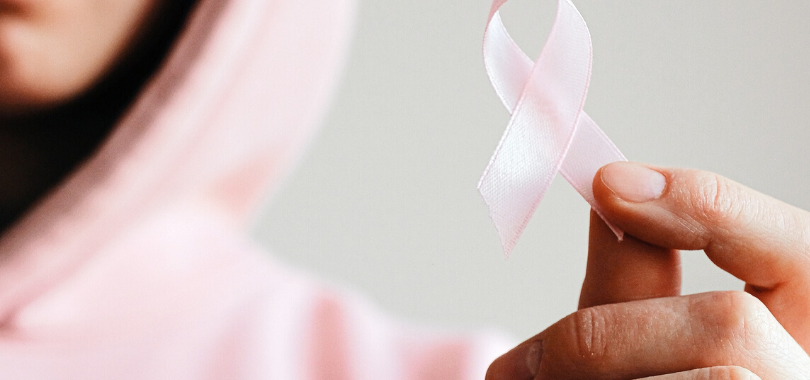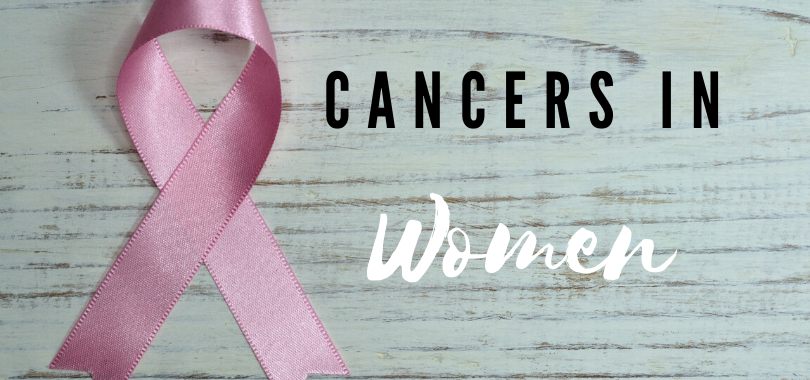Breast cancer awareness is something that everyone should know about. Mankind has known breast cancer since ancient times. In 460 B.C. Hippocrates explained breast cancer as a disease caused by an excess of black bile, or “Melancholia”. He named the condition ‘Karkinos’- (Cancer)- the Greek word for crab and the astrological constellation. This was because the tumor seemed to have tentacles which reached out into the surrounding breast tissue, resembling the legs of a crab.
The history of Breast Cancer
This theory of Hippocrates held for many centuries until 1680, when the French physician Francois de la Boe Sylvius suggested that Breast Cancer developed from an increase in the disruptions of the acidity of local lymphatic fluids.
There were many theories that followed including celibacy causing breast cancer, too much rigorous sex causing disruption to the local lymph drainage and thus causing breast cancer and others linking breast cancer to mental disorder-the melancholia references again.
In 1757 Dr Henri Le Dran was the first person to suggest that the surgical removal of the tumor was the most effective treatment, provided all the lymph nodes in the armpits were removed. This must have been a horrific prospect prior to anaesthetic and proper sterilised surgical procedures. The survival rates were appalling, due to immediate death post surgery from the high infection rates. It wasn’t until 1976 that advancement in radiation and chemotherapy actually took place. This really isn’t that long ago and the first mammogram trails showing reduction of breast cancer due to early screening, where only initiated in 1989. To think that in such a short spam of time, we now have this as a routine screening tool that can save lives.
It wasn’t until 1994 that scientist have isolated the first of the genetic mutations associated with breast cancer and these genetic screening for the gene mutations and being predisposed to breast cancer. This screen has led to Angelina Jolie having a double mastectomy when testing revealed she had the BRCA1 gene mutation which predisposed her to both ovarian and breast cancer. It was estimated that Jolie had an 87% risk of breast cancer and a 50% risk of ovarian cancer. Jolie’s mother died at 59 from the disease in 2007.
Since Angelina Jolies decision, there was a surge in enquiries around genetic testing and medical evaluation as to breast cancer risks across all parts of the world.
Breast cancer remains the most common malignancy in women, comprising 18% of all female cancers and there is 1 million cases of breast cancer diagnosed worldwide. Most women will know someone who has had the diagnosis, based on these figures.
Despite all the testing and screening it is estimated that about 40% of women have never discussed their risk factors with there doctor, or health care practitioner.
So what can you do to reduce your risks?
The first thing anyone can do is check yourself for any noticeable signs of changes to the breast. You can also have a routine breast examination at your doctor.
Next is regular mammogram, or ultrasound screening, followed by biopsy if anything suspicious is found. Screening for genetic predisposition is another tool that should be used by all women too. About 10% of breast cancer in developed countries is due to genetic predisposition. Certain populations of people have higher genetic risk factors with the Ashkenazi Jewish population having the highest risk factors and well as risk factors for some rare genetic diseases.
The good thing with early screening and detection is that we have now seen in increase in survival rates with the increase between 72-89%.
There are also other risk factors that people need to take into consideration. Women who have their menstrual cycle too early and those who go into menopause later in life are at increase risk of developing breast cancer. Having a baby later in life also increases the risk factor for cancer. Having a baby after 35 years old doubles the risk, while having children earlier reduces the risk. Breast-feeding also reduced the risk of breast cancer too.
Obesity and lifestyle factors increasing breast cancer risks
Obesity and increased alcohol intake also increases a woman’s risk and doubles the chances of having breast cancer. Obesity doubles a woman’s risk factors in postmenopausal women and increased alcohol intake (3-6 standard drinks per day) also doubles the risk factors.
Women on the combined pill also have in increased risk of breast cancer, while progesterone only options do not increase the risk.
Lifestyle modifications
Since there is compelling evidence alcohol and obesity increase the risk of breast cancer, women do need to reduce their alcohol intake and also aim to keep their weight within a healthy range.
This is why we all need to be looking at anti-inflammatory based diets, free from inflammatory wheat grains, excess refined soy products, alcohol, refined foods and refined sugars. These highly inflammatory based foods all lead to excess blood sugars, which in turn spike insulin product. This then causes interference to hormone metabolism (namely estrogens) and also causes the body to store fats and stops the burning of fats, again interfering with estrogen metabolism. This is turns causes inflammation, which is he cause of many of our disease states and leading causes of death.
This is why I always promote a Primal based, low inflammatory, clean eating diet. This is the basis for my PACE-Diet and Lifestyle program (Paleo/Primal Ancestral Clean Eating) that I promote to my patients. This style of diet promotes leans meats, fresh fruits, nuts, seeds, good fats, fresh vegetables and salads, clean water etc. This is very similar to the famous Mediterranean diet, which has to date never been scrutinized and has lot of research behind it. Eating this way will not only make you healthier for it, but will be reducing your risk factors around any inflammatory disease state. Just remember that 90% of breast cancers come from non-hereditary factors related to lifestyle and the way we eat in the modern world.
Early detection and awareness is vital
It is well known that early detection and treatment is vital to survival rates in women with breast cancer. It is so important to regularly check for lumps and bumps and talk to your doctor about regular screening. If you have hereditary risks then talk to your healthcare provider, or specialist about genetic screening for breast cancer.
Let’s all raise awareness for breast cancer and support more research into finding a cure for this disease that affects millions of women world wide each year.
Regards
Andrew Orr
-No Stone Left Unturned
-Master of Women’s Health Medicine
-The Women’s Health Experts

